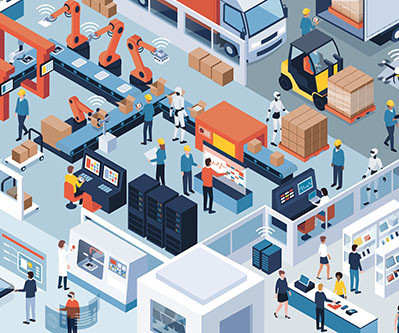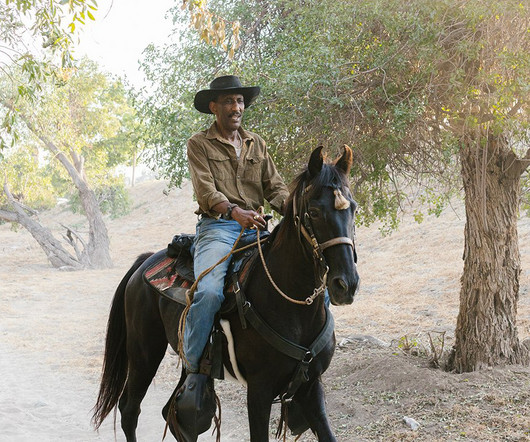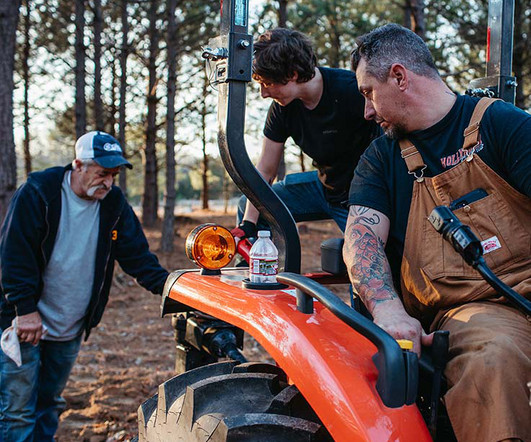When It Comes to Promoting Prosperity, Production Beats Consumption
Stanford Social Innovation Review
OCTOBER 10, 2023
And how can philanthropies fund it? Between 2016 and 2019 , nearly half of global giving by US foundations went to health, while environment and human rights accounted for roughly 11 percent each, followed by agriculture and education. By Kartik Akileswaran & Jonathan Mazumdar What is the most powerful route to prosperity?














Let's personalize your content